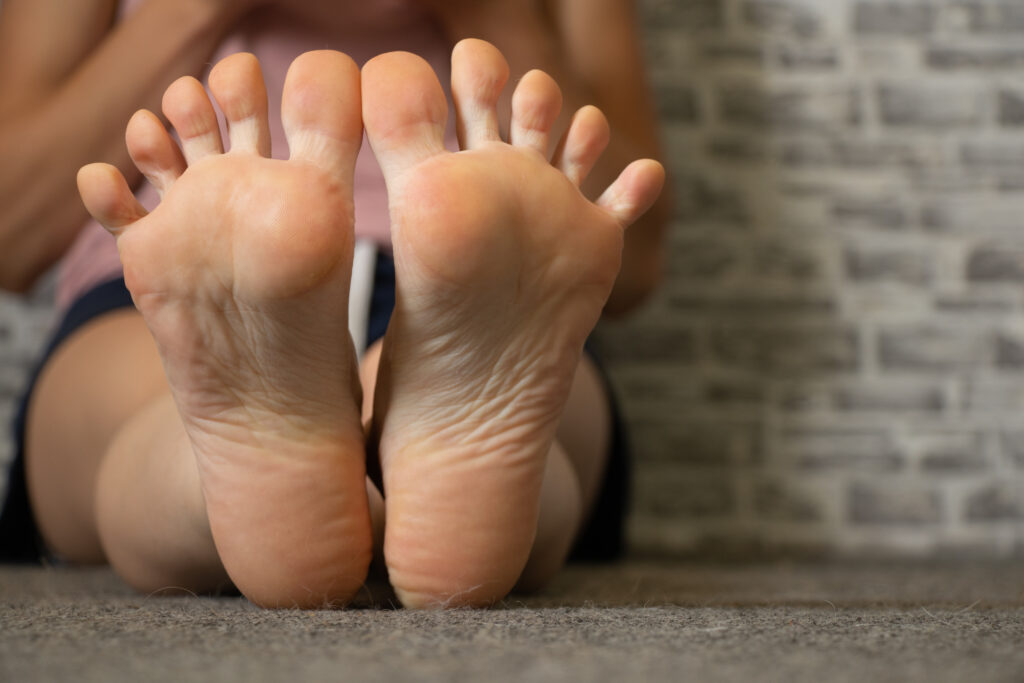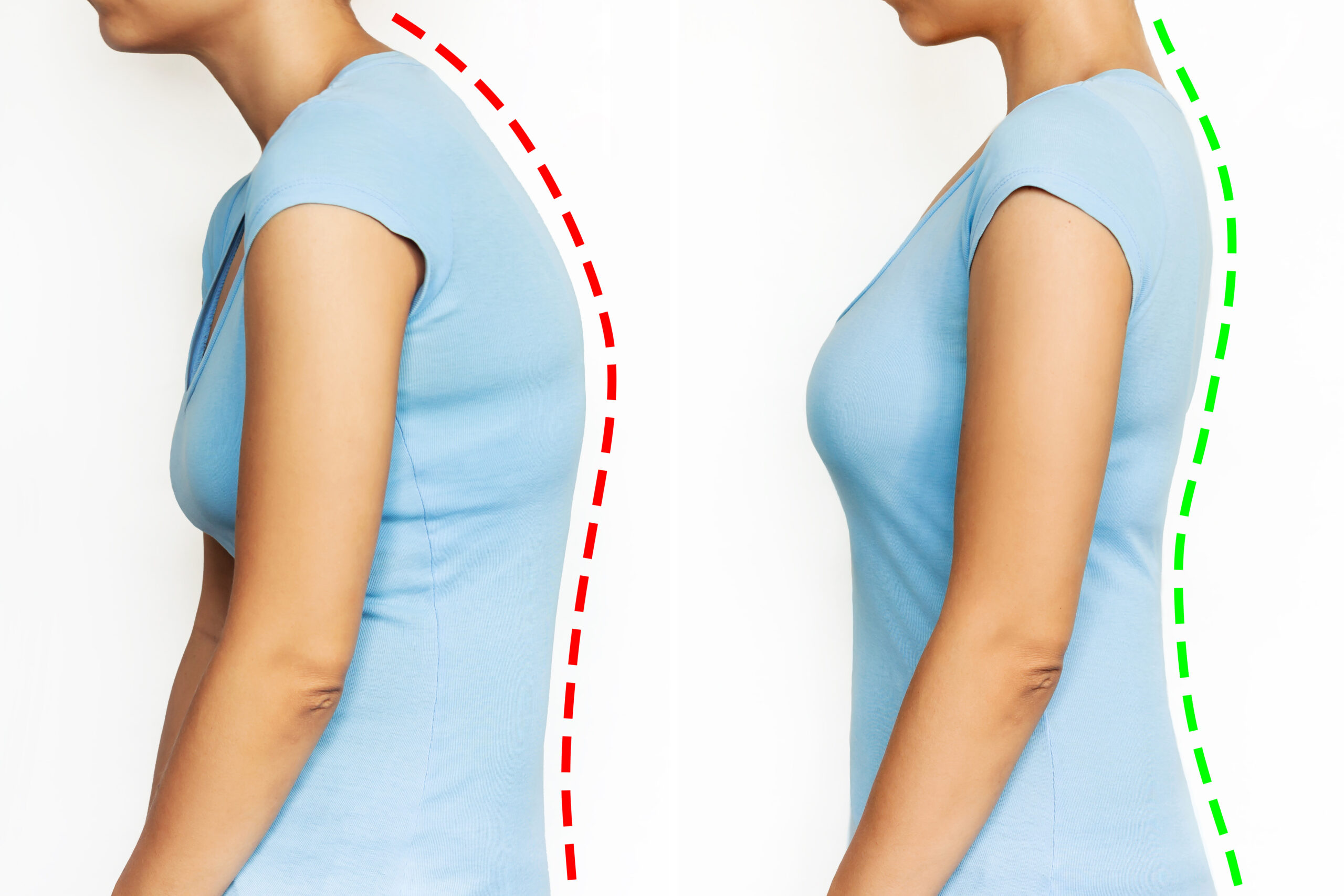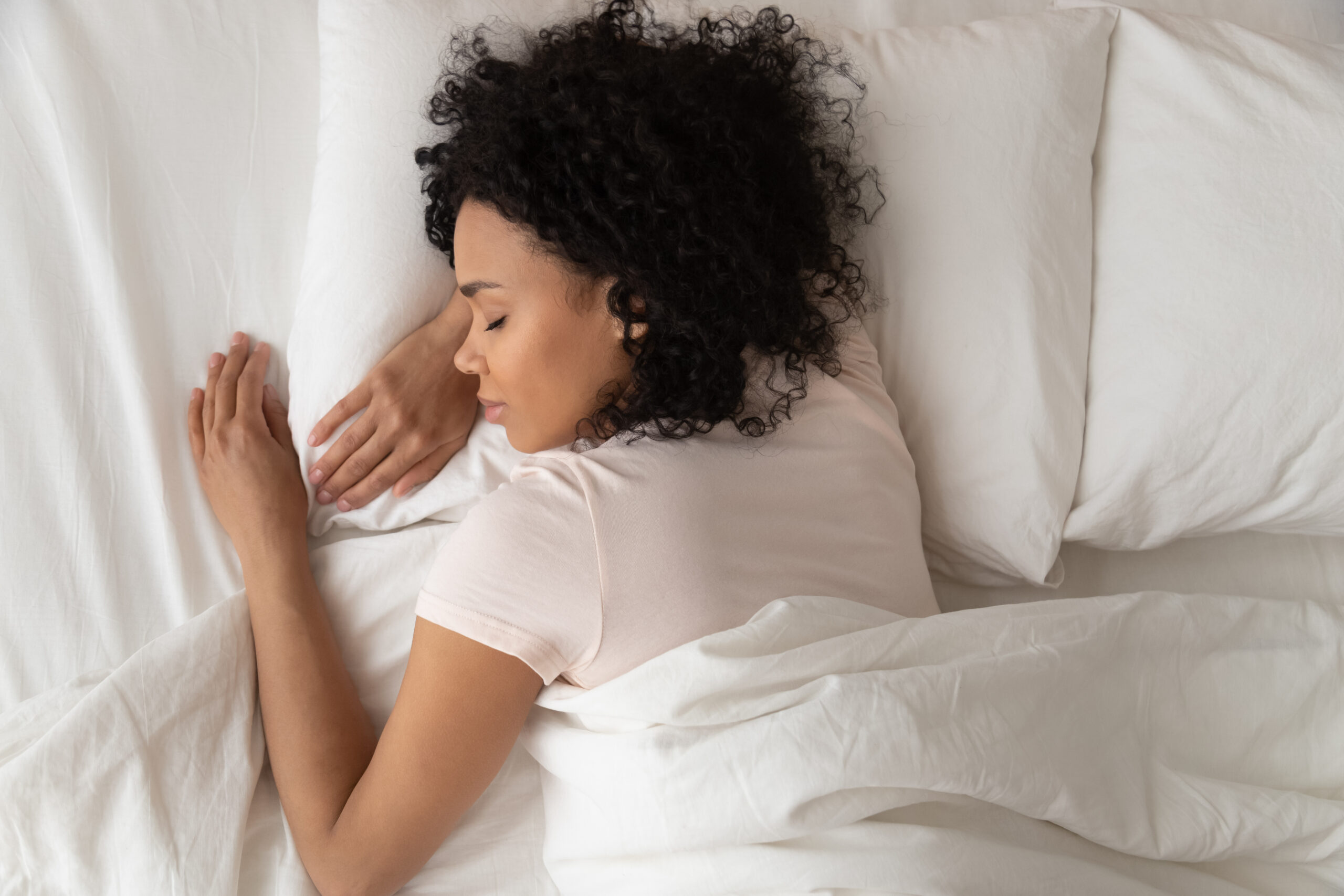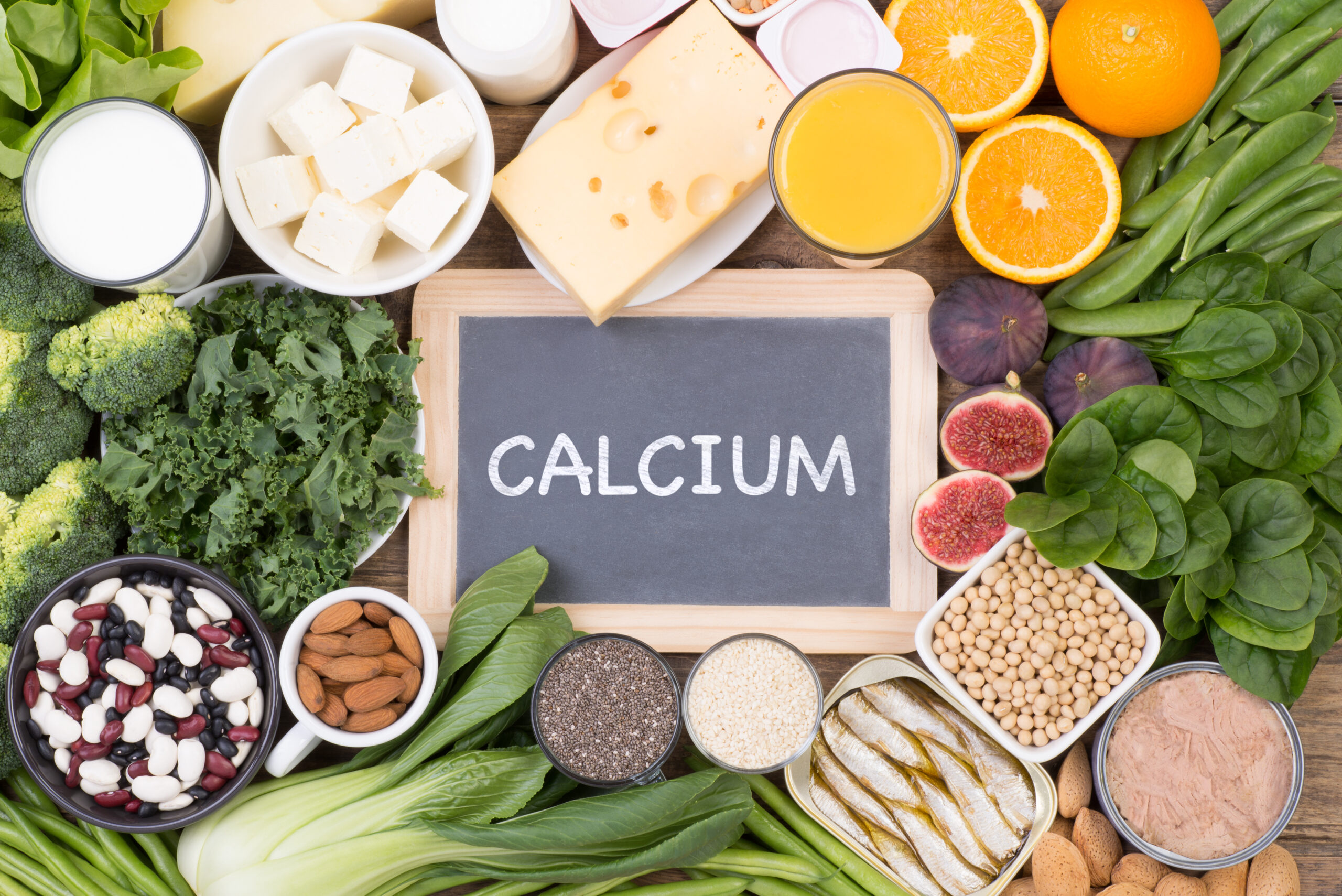When done safely, yoga is one of the best exercises for people with osteoporosis or osteopenia. However, many yoga instructors instruct their students to spread their toes in order to ground themselves. When you live with bone density loss, this movement can be incredibly painful.
Bone-safe yoga reconciles these opposing issues by finding other ways to create a firm base while you practice. Creating this solid base and learning to firmly plant your feet can also help you off the mat. You may experience increased balance and stability throughout your daily life.
The Four Corners of Your Feet
Some schools of thought in yoga think of the feet as having three corners: the big toe, little toe, and heel. This way of thinking is what leads instructors to say that you should spread your toes, which is perfectly fine for many people. However, it’s not safe or comfortable for many people.
If you have bone density loss, arthritis, or another disorder that makes spreading your toes difficult, think of your feet as having four corners instead:

- Big toe mound – the padding on the ball of the foot directly under the big toe
- Inner heal – the inside part of your heel
- Little toe mound – the padding on the ball of the foot directly under the little toe
- Outer heel – the outside part of the heel
As you can see, this way of thinking does not rely on your toes at all. Therefore, you find stability within the rest of your foot, which is often more comfortable.
Creating Stability
In standing positions, the way your feet touch the mat is the foundation of everything else you do. It’s important to be stable and balanced. That’s why the Bone Builder System focuses so much on building your foundation.
Here are the basic steps for standing strong when you have osteoporosis or osteopenia:
- Start by lifting one foot
- Place the big toe mound of that foot into the ground
- Next, place the inner heel down
- Place the little toe mound down
- Finally, place the outer heel down
- Repeat on the other foot
Here, you can move slightly to find where it feels like you’re evenly distributing your weight between the corners of your feet. Do this without lifting your feet or spreading your toes, and don’t worry too much if you don’t find the perfect balance right away. It takes practice!
To an outside viewer, it may look like you’re just casually standing. However, this practice requires you to be intentional. You may notice the arch that this practice creates in your foot.
Pushing Your Limits
For many people, following the steps outlined above is plenty of work when they first start yoga for healthier bones. However, as you get further along on your journey, you may find that you want to push yourself a little further.
There are several ways to do this, including gently raising your toes without spreading them. To learn more about how yoga can help your bones, check out The Bone Builder System. I built this unique course to help and inspire people dealing with bone density loss to be their happiest and safest selves.
So the next time you practice yoga, remember to ground your feet to create stability and I’ll see you on the mat.




